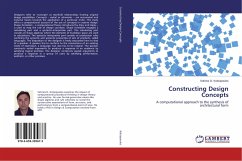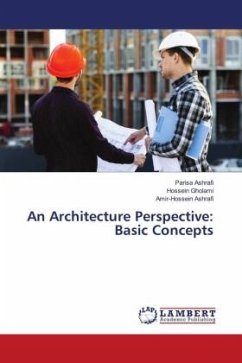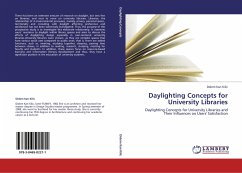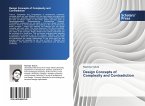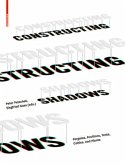Designers refer to "concepts" as manifold relationships framing original design possibilities. Concepts - verbal or schematic - are economical and inclusive means towards the application of a particular order. This study offers a computational account of the use of concepts in creative design. Shape formalism - a computational theory introduced by Stiny and Gipps - is used to map the role of design concepts. Shape formalism engages a calculating part and a syntactic-interpretive part. The calculating part consists of shape algebras where the elements of Euclidean space are used in calculations. The syntactic-interpretive part consists of production rules confining the syntactic and semantic properties of sets of products, called languages. The disposition of the designer is freely associated here to that of a speaker. A speaker has to conform to the conventions of an existing mode of expression, a language, but also has to be original. The speaker constructs verbal arguments to produce a response in an audience by satisfying logical premises. The designer constructs spatial arguments to produce a response in a group of users by satisfying performative, aesthetic, or other premises.
Bitte wählen Sie Ihr Anliegen aus.
Rechnungen
Retourenschein anfordern
Bestellstatus
Storno

